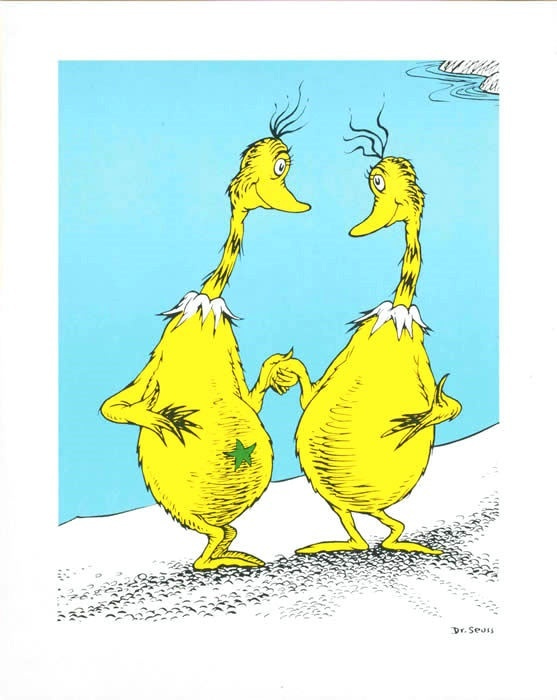Normal is a Social Construct
The Power and Peril of Labels
I want to talk about labels.
The human mind likes to categorize things. This can be useful in that it can give us a language framework to help us understand something. However, when used for quick judgment and othering, labels can harm.
Take race for example. If you look into the history of how we have classified and sorted people, you will find that it is actually pretty racist. (I wrote an entire paper on this if you have insomnia. Look at p. 27 for the part on race history.)
Maisa referred to this kind of categorization as “stupid social constructs.” She had an uncanny ability to see right through the illusion, and she was not afraid to call out the nonsense.
So, let’s talk about autism. And the DSM. Otherwise known as the Diagnostic and Statistical Manual of Mental Disorders or the so-called Bible of Psychiatry.
Did you know that homosexuality was not removed from the DSM until 1973? And even after that they still included a diagnosis called “ego-dystonic homosexuality” for individuals distressed by their sexual orientation until 1987.
Who is “they”? The DSM is created by a taskforce of mental health experts and stakeholders. Who are these stakeholders?
My entire life I have been labeled, and not necessarily in ways that have helped me understand myself. I have been called many things: dramatic, sensitive, difficult, weird, depressed, anxious, treatment resistant, etc, etc, etc, etc. When trying to help my daughter I found descriptions of how autism presents in high masking females and it resonated with me. It explained things that I have been trying to make sense of my entire life. The label gave me language and a framework for understanding myself, my brain, and my struggles in a way that none of these other labels had and also gave me language to help her. This is why I identify with it and use it currently.
That being said, I am not overly attached to the label, as I think the system is completely flawed and broken. It is a word that I currently use because it is the best one I have for understanding my experience, and it gives me a current language framework for my advocacy. If I lived in the forest in a tribal community somewhere I most likely would not call myself autistic or AuDHD or whatever diagnostic label some other person gave me, I would just be ME. In other words, I would not be subjected to these “stupid social constructs.” Thank you, Maisa.
Now, when I hear many others (including our government officials) use the word autism it does not feel to me like they are using this word to understand anything or to truly help anyone. It feels like separation. It feels like categorization and hierarchical sorting. It feels like othering. It feels dehumanizing.
So I will ask you to please consider, when you see labels and when you use them: Who created this label and its definition? Who benefits from it and who doesn’t? Is this label being used as a tool or is it being used as a cage?
In my law journal paper linked above I was talking about diversity, and specifically diversity of thought. The need for variation in brains. Neurodiversity. When we talk about neurodiversity, I think it is important to talk about what it is exactly that we are diverging from? What is normal? And who gets to decide what is normal? Are our political leaders the definition of normal? Well then I will gladly deviate from that.
The truth is, we are all uniquely HUMAN. And we are all diverse. There is no normal, in my opinion. And the sooner we try to stop cramming (and medicating) each other into a false paradigm of normal that does not exist, the better off we will be. In most cases, it is not the individual that needs to change. It is the system that is pathologizing the individual.
Maisa saw what most of us forget: that humanity is meant to be diverse, not divided.



HI Samia
Thank you for this great article. I like to make a conscious pivot between the language I use with schools and the language I use when thinking about and talking with my child. Schools are legally required (even if they don't follow through) to respond to disabilities but not to neurodiversity. So with schools I use the language of disabilities.
But then I consciously and intentionally pivot to language of diversity in my parenting. You're right that the power of a diagnosis can be liberating. However, on a day to day basis, I like to think of my child as the perfect manifestation of themselves. This allows me to simply see them and love them for who they are. Which is what we all want.
As for the dip sh*ts in office right now. Wow, we just got to keep holding on and supporting each other and our kids.
Hugs,
Kathleen
“The truth is, we are all uniquely HUMAN. And we are all diverse. There is no normal, in my opinion.”
Facts as my kids say. Thank you for putting it so simply Samia.